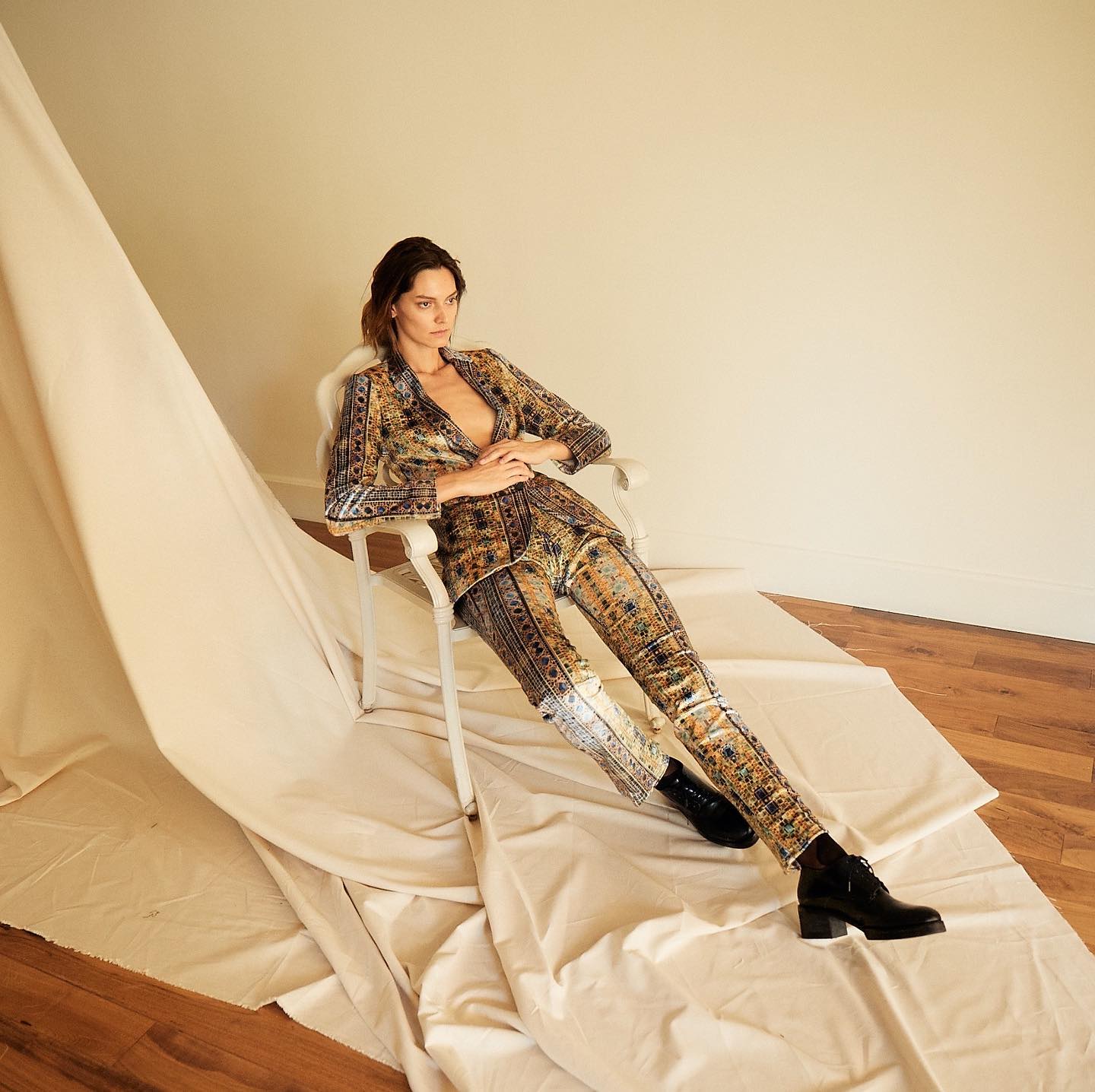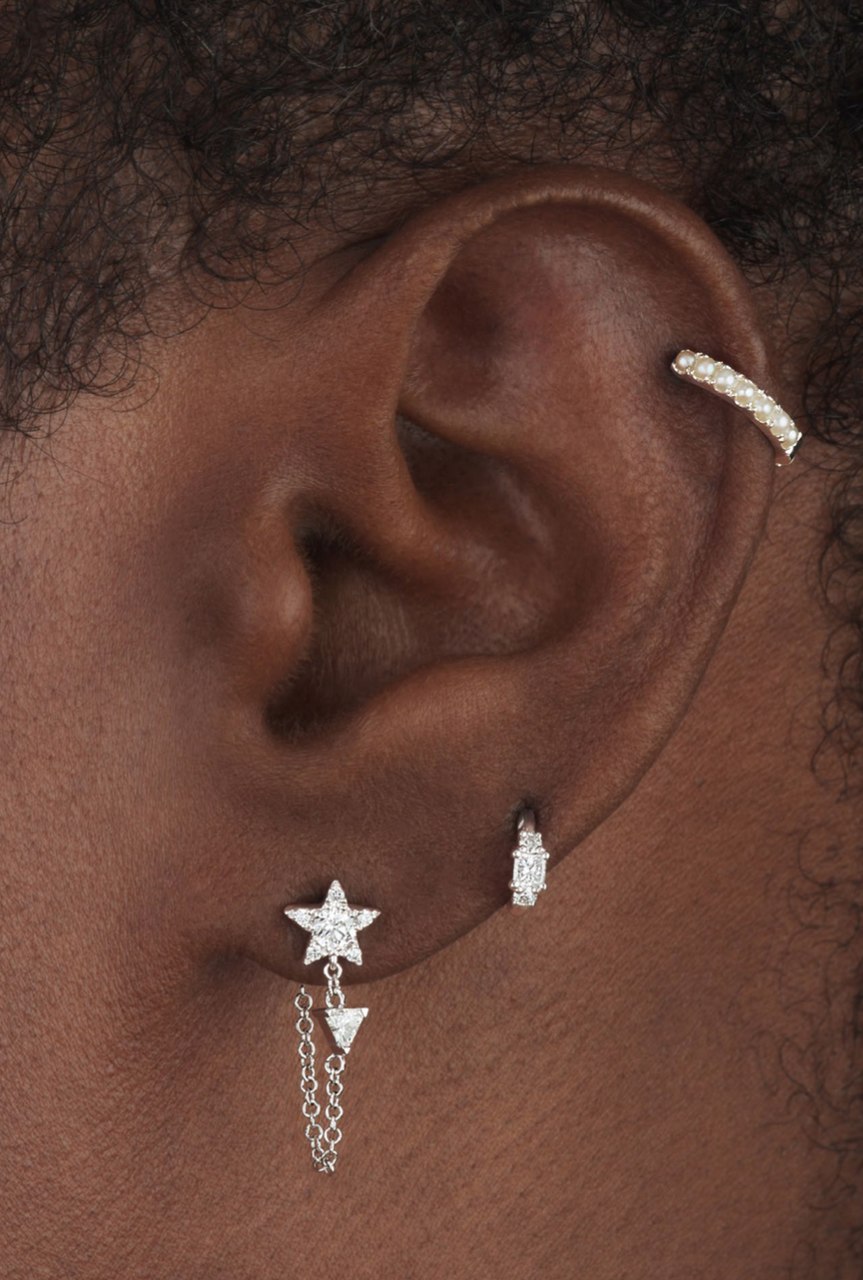Italy has played an important role in the world of fashion. First, it were the Italian designers who showed women all over the world that they could look stylish and beautiful every day. Second, they introduced high heels or huge lettering on t-shirts, colourful knitwear and shoes of bright colors, elegant accessories and liberated sexuality in clothing – everything that is now so popular in the fashion industry.

Arte8lusso will tell you about the 6 brightest designers who played an important role in the fashion world. They are the masterminds who have changed our understanding of fashion, offering their bold and revolutionary ideas

1. Valentino
With a diversified portfolio of products that includes accessories, clothing, bags, fragrances, and footwear for men and women, Valentino plays an important role in the fashion industry. Founded in 1960 by Valentino Garavani, Valentino set the stage for feminine looks that celebrate the female forms with its exquisite floor-length gowns and skirts. The brand’s iconic red gowns soon became famous all around the world to the point that the color became known as Valentino red. In the years that followed, Valentino built a fashion empire that chanel the grandiose design and style of couture houses. Today, Valentino’s main fashion lines include Valentino Garavani, RED Valentino, and Valentino Romo, among others.
2. Fendi
The story of Fendi fashion house can be traced back to 1925. Husband and wife Edoardo and Adele Fendi founded the label as a fur and leather goods shop in Rome. Although you might be most familiar with Fendi’s distinctive double-F monogram, it is revered as one of the global authorities on fur and renowned for its pioneering work in the field.
In the ’40s, the next generation of the Fendi family — five sisters Paola, Anna, Franca, Carla, and Alda — took over and began injecting a new, youthful perspective. In the ’60s, Karl Lagerfeld joined the label and pushed reinvention and experimentation, redefining furs that had fallen out of favor with the brand’s wealthy clientele and bringing a contemporary perspective to the historic brand.




3. Dolce & Gabbana
Designers Stefano Gabbana and Domenico Dolce joined forces in 1985 to form the Italian fashion house Dolce & Gabbana. More than any other label design tells a story. The designer duo debuted at Milan Fashion week in 1985 with a striking ‘Sicilian widow’ collection, and over the years we have seen collections that channel different narratives and characters of the Mediterranean: slick pinstripe mobster suits, bombastic Baroque evening wear, gauche Neapolitan streetwear or romantic fairytale gowns. The brand stays true to its roots, continuing to mine the founders’ Italian heritage for inspiration.

4. Versace
Versace was founded by Gianni Versace in 1978. Versace presented his first signature collection for women at the Palazzo della Permanente Art Museum of Milan. His first menswear collection followed in September of the same year. The first boutique was opened in Milan’s Via della Spiga in 1978. He was influenced by Andy Warhol, Ancient Roman and Greek art as well as modern abstract art. Versace is known for its bright colors, bold patterns, and vibrant graphics. Even the use of Medusa in the brand’s logo draws on the Greek mythological character and her ability to completely consume whoever looked at her. now led by his equally talented sister Donatella.

5. Prada
Established in 1913 by Mario Prada, it is another historic Milanese label that now dominates global fashion. It started as Fratelli Prada, a luxury leather atelier in a store in the prestigious Galleria Vittorio Emanuelle II. After the Mario’s death in the mid-1950s, his daughter-in-law ran the company for almost twenty years, succeeded by her daughter, Miuccia Prada, in 1970. Over the next four decades, Prada cemented its brand as a symbol of timeless, effortless chic, embodied by understated branding and minimalist designs.

6. Gucci
Founded in 1921 by Guccio Gucci, the label is one of the oldest Italian clothing brands going. Gucci founded his luggage label after being inspired by the luxury lifestyles of people he met while working in the Paris and London hotel trade. Combining this aesthetic with the skilled local craftsmanship of Tuscany, the company quickly became popular with the Italian gentry and international shoppers who would visit his bottega. Today, it is also among the most iconic, distinguished from the others with its green and red stripe, horsebit leather and G monogram.


































Fendi sisters – are the POWER!!! Love fendi!
Do you know that Miu Miu is Prada’s subsidiary? Named after Miuccia’s nickname